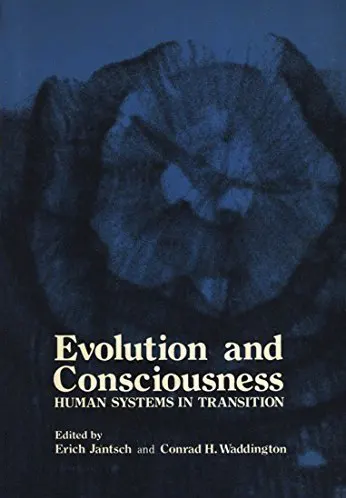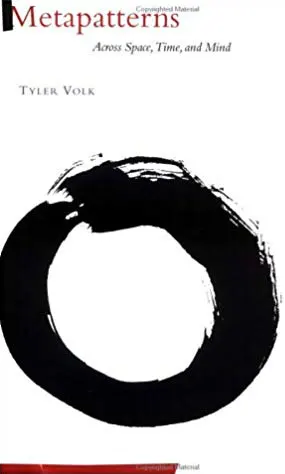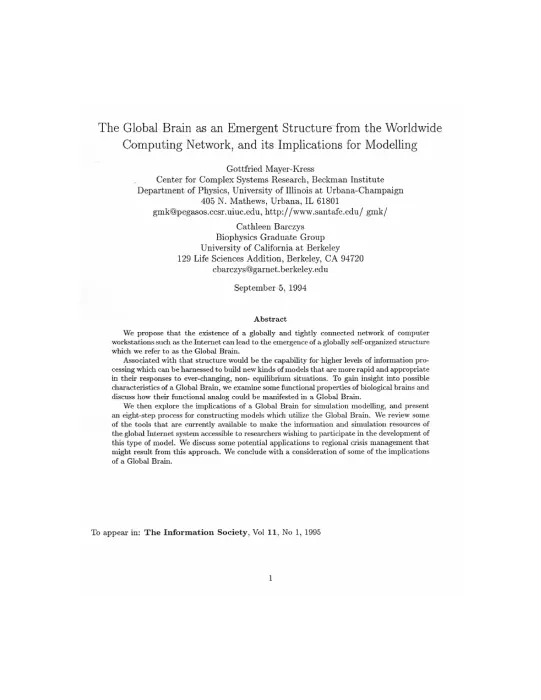The Library of Consciousness
of Consciousness

Evolution and Consciousness
Evolution and Consciousness is one of the first, still rare, truly transdisciplinary books: it deals with a totality, not a sector of it. Therefore, it defies any disciplinary labeling. It is a scientific book, yet also deals with topics until now reserved for books of mysticism and poetry. It bridges the gap between science and other forms of knowledge. It deals not just with scientific questions, but with existential questions which concern all mankind, such as the meaning of life and the evolutionary significance of human design and action. It challenges the whole dominant Western world view: process thinking instead of structural thinking, dynamic instead of static, evolution instead of permanency.
Malcolm’s 100× Vision
Malcolm Ocean paints a picture of a future where human collaboration reaches new heights, imagining a world in the 2030s where small groups of people achieve profound synchronicity, forming “collective brains” capable of solving complex problems. These groups are part of larger networks that tackle global issues, create innovative products, and foster personal growth. Ocean envisions a society where work is deeply fulfilling, financial security is guaranteed, and human potential is maximized through trust, emotional coherence, and shared consciousness. It’s a hopeful glimpse into a world of enhanced human connection and capability.

Metapatterns
In the interdisciplinary tradition of Buckminster Fuller’s work, Gregory Bateson’s Mind and Nature, and Fritjof Capra’s Tao of Physics, Metapatterns embraces both nature and culture, seeking out the grand-scale patterns that help explain the functioning of our universe. Metapatterns begins with the archetypal patterns of space, both form-building and relational. Tyler Volk then turns to the arrows, breaks, and cycles that infuse the workings of time. With artful dexterity, he brings together many layers of comprehension, drawing on an astounding range of material from art, architecture, philosophy, mythology, biology, geometry, and the atmospheric and oceanographic sciences. Richly illustrating his metapatterns with a series of sophisticated collages prepared for this book, Volk offers an exciting new look at science and the imagination. As playful and intuitive as it is logical and explanatory, Metapatterns offers an enlightening view of the functional, universal form in space, processes in time, and concepts in mind.

The Global Brain as an Emergent Structure from the Worldwide Computing Network
We propose that the existence of a globally and tightly connected network of computer workstations such as the Internet can lead to the emergence of a globally self-organized structure which we refer to as the Global Brain.